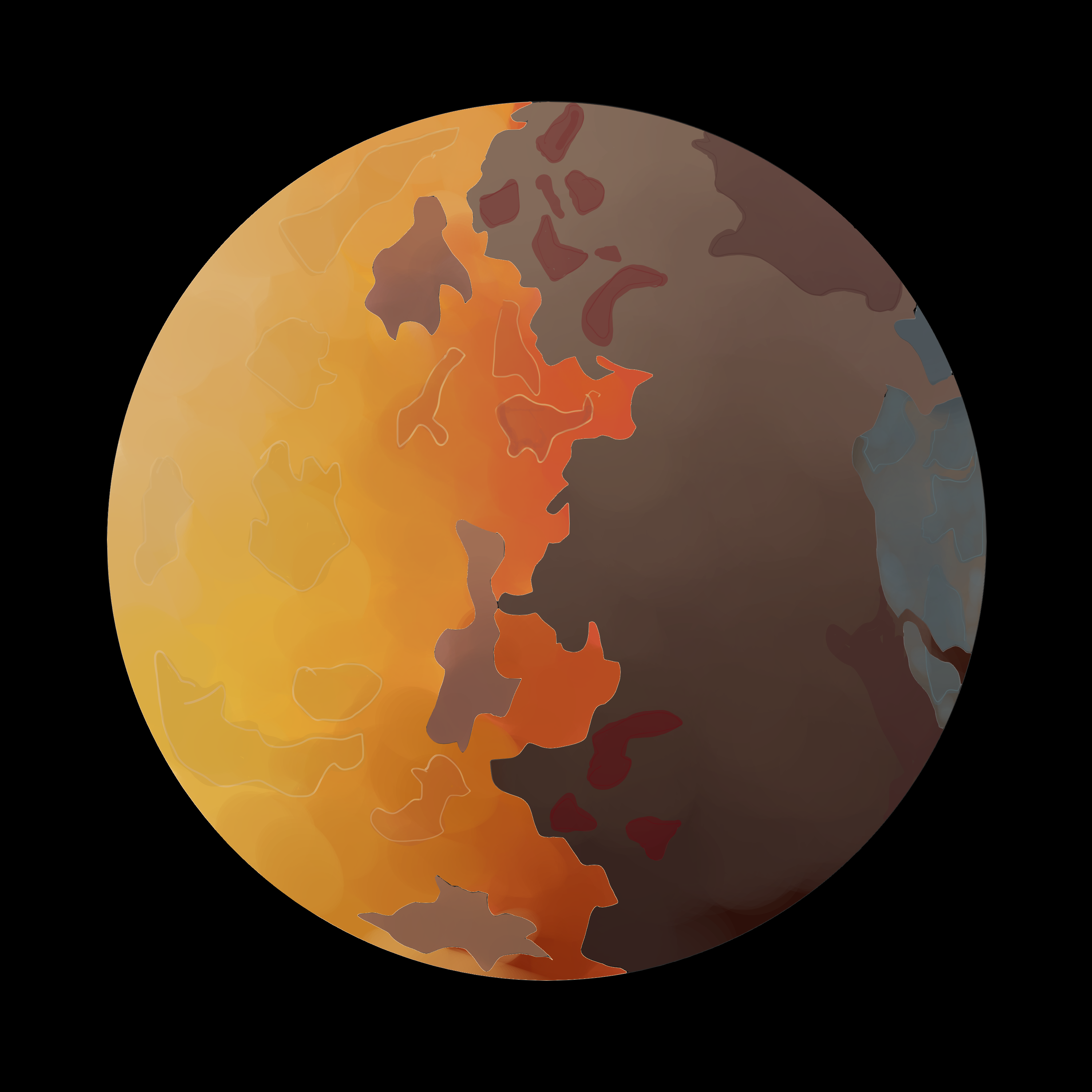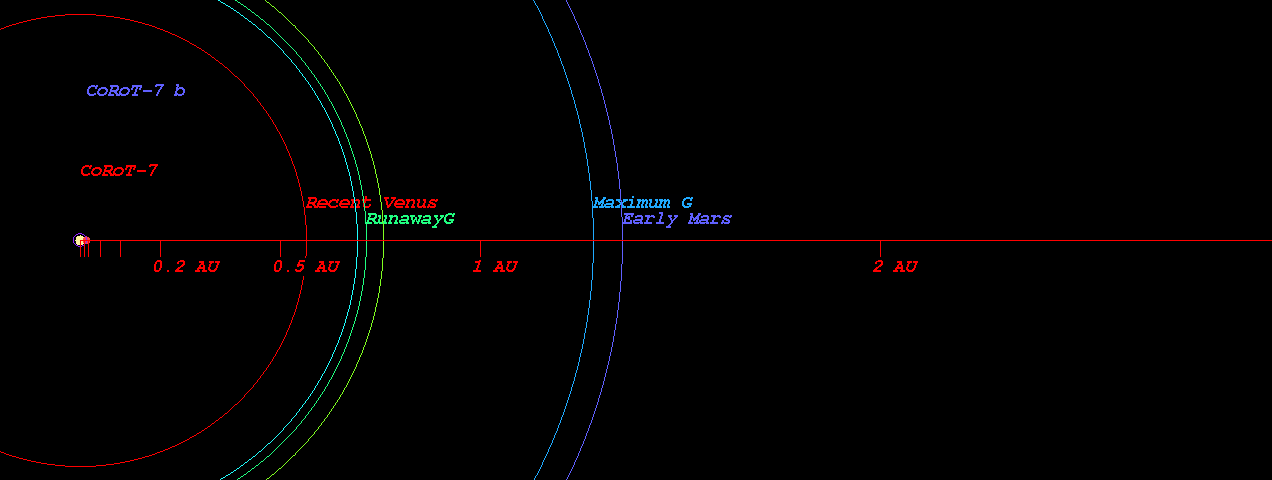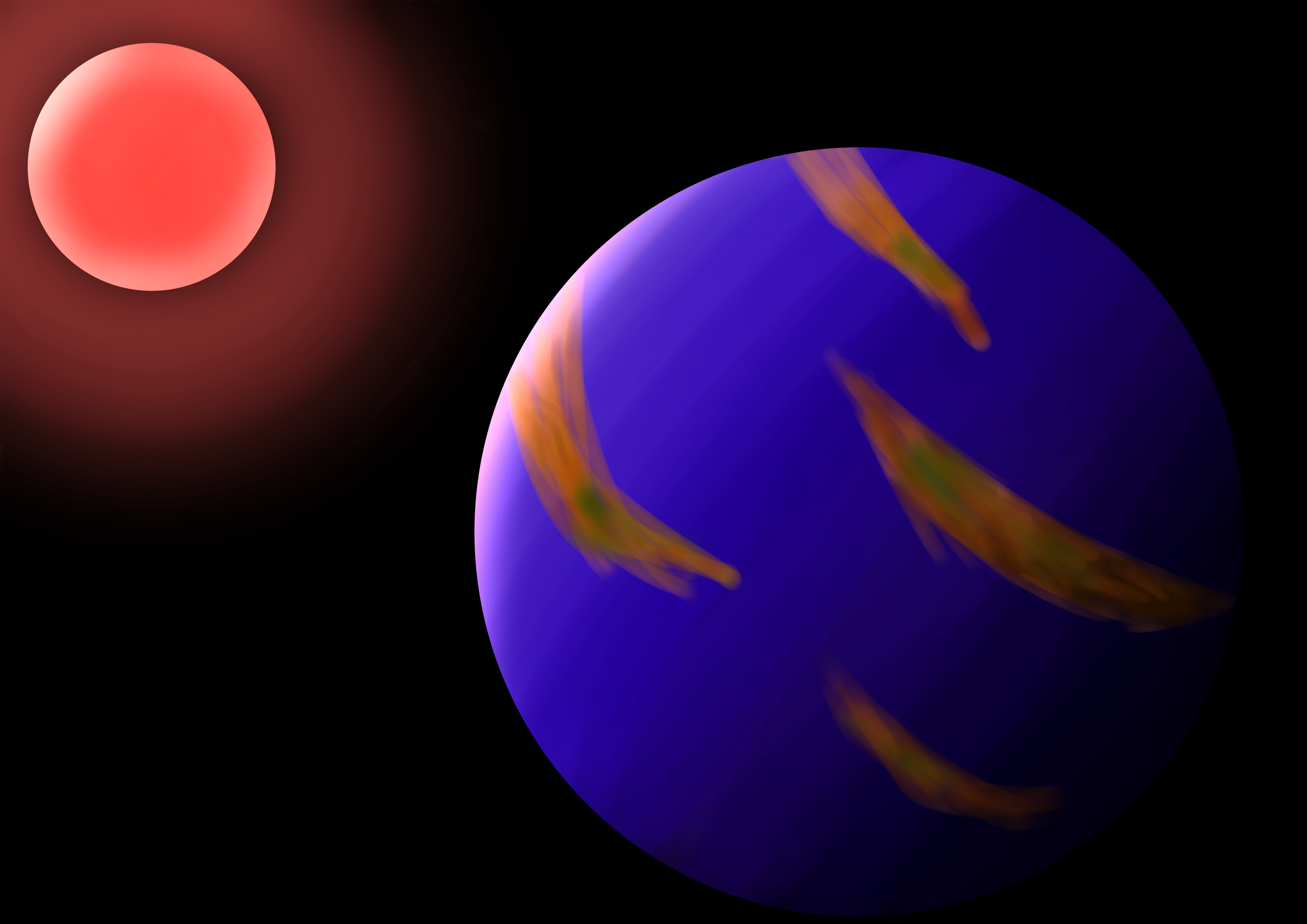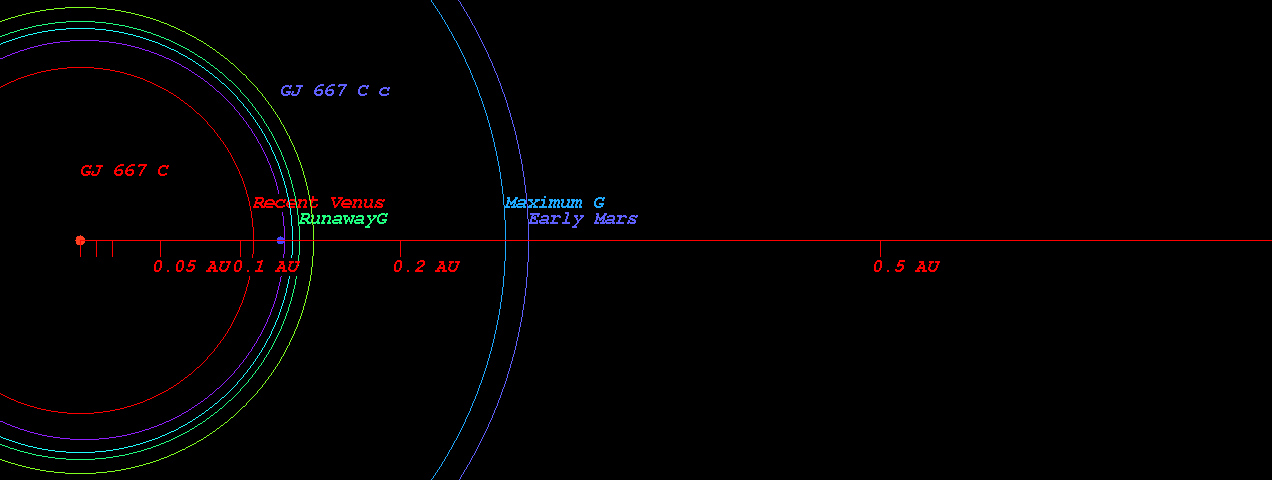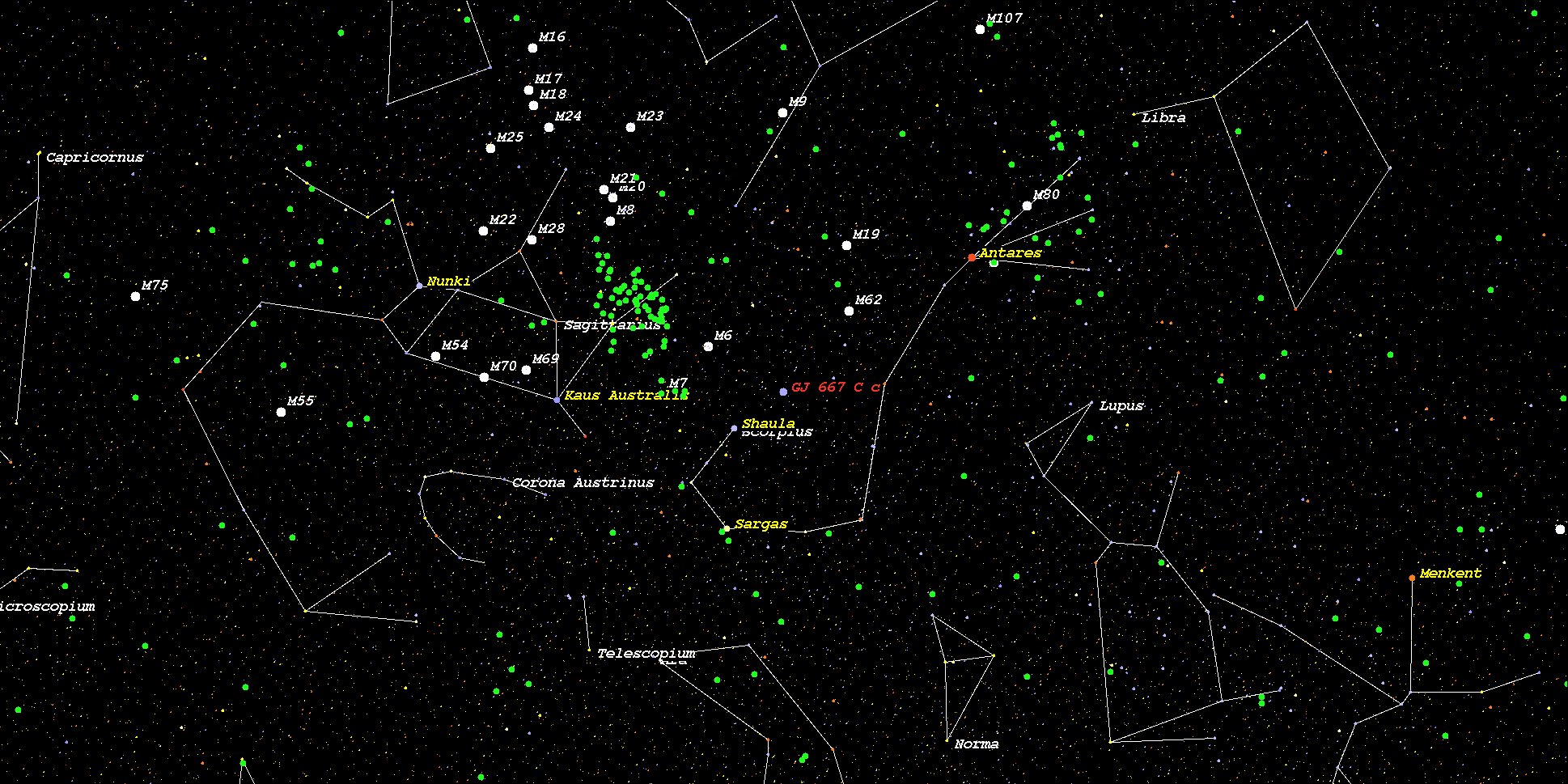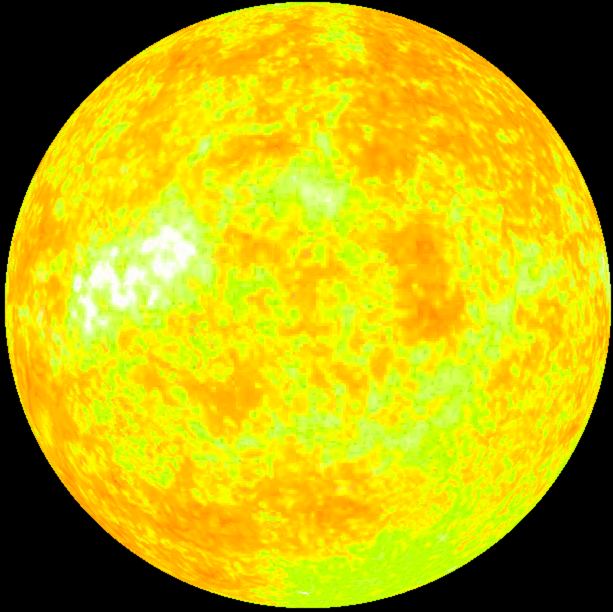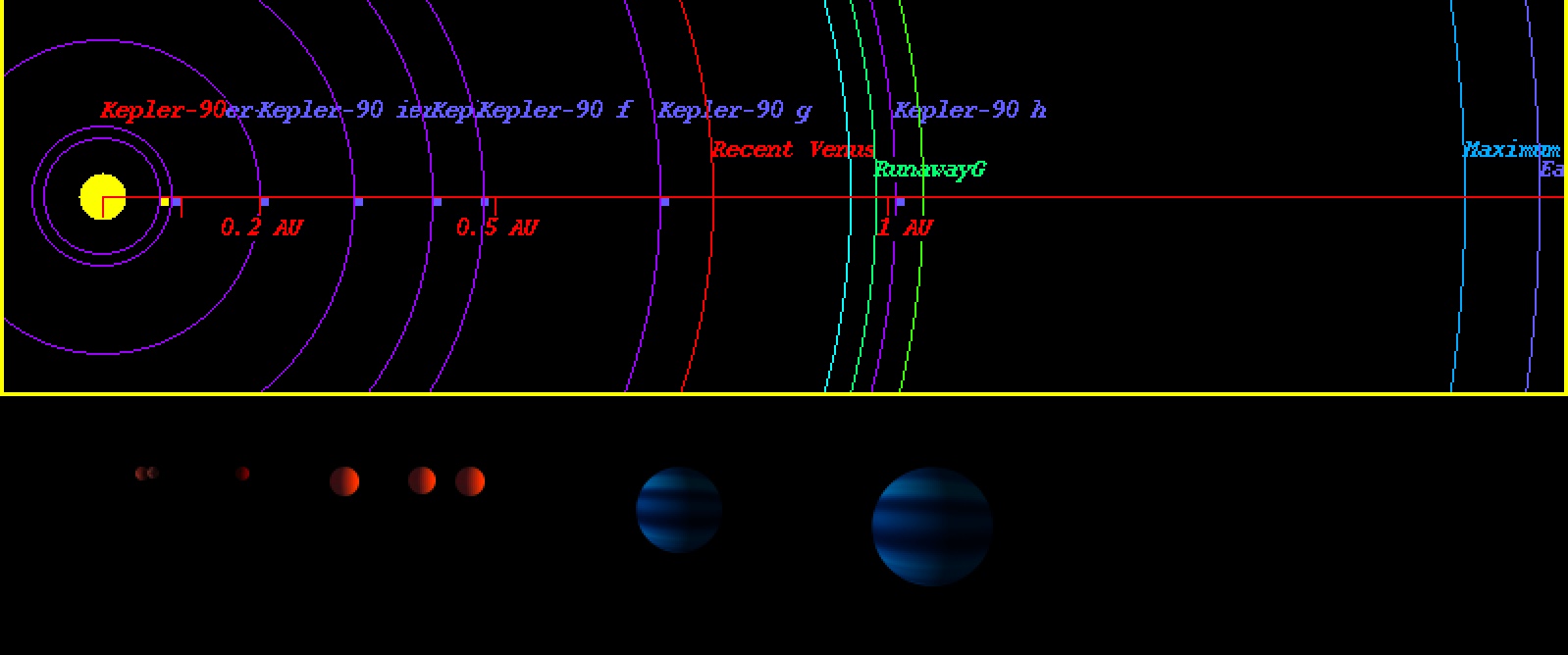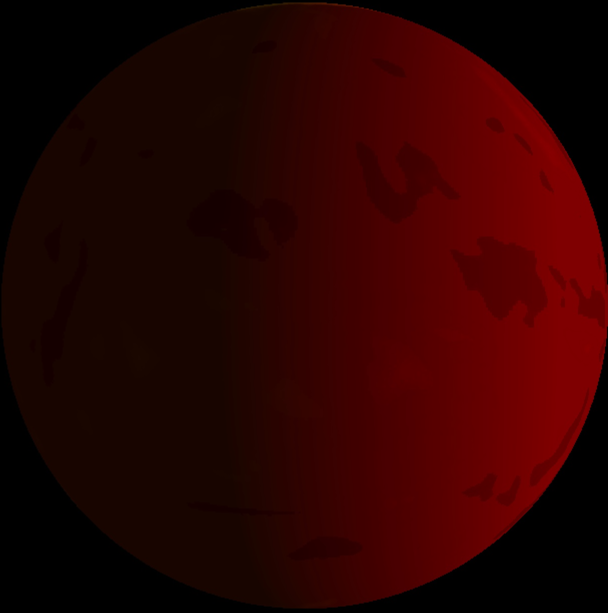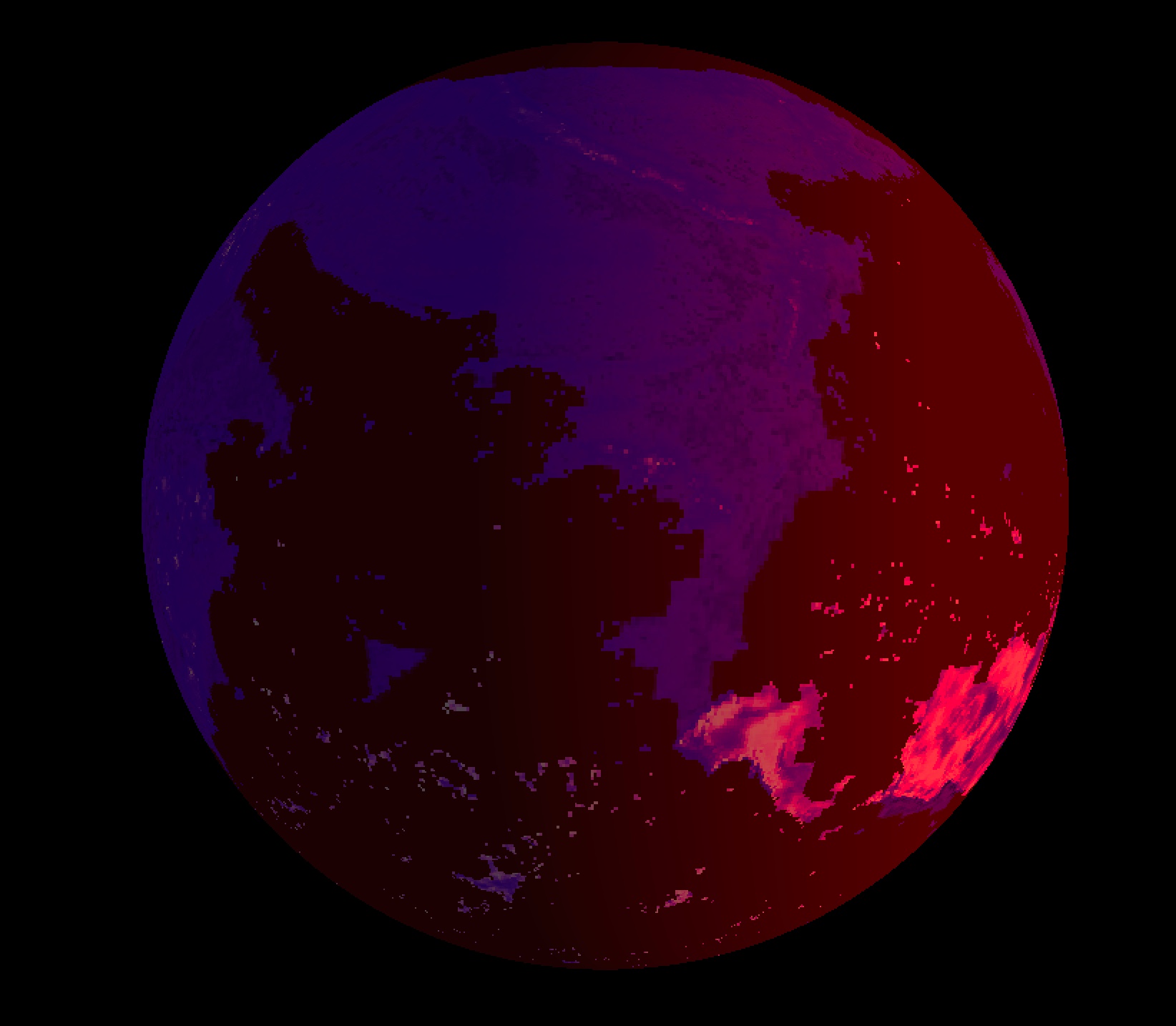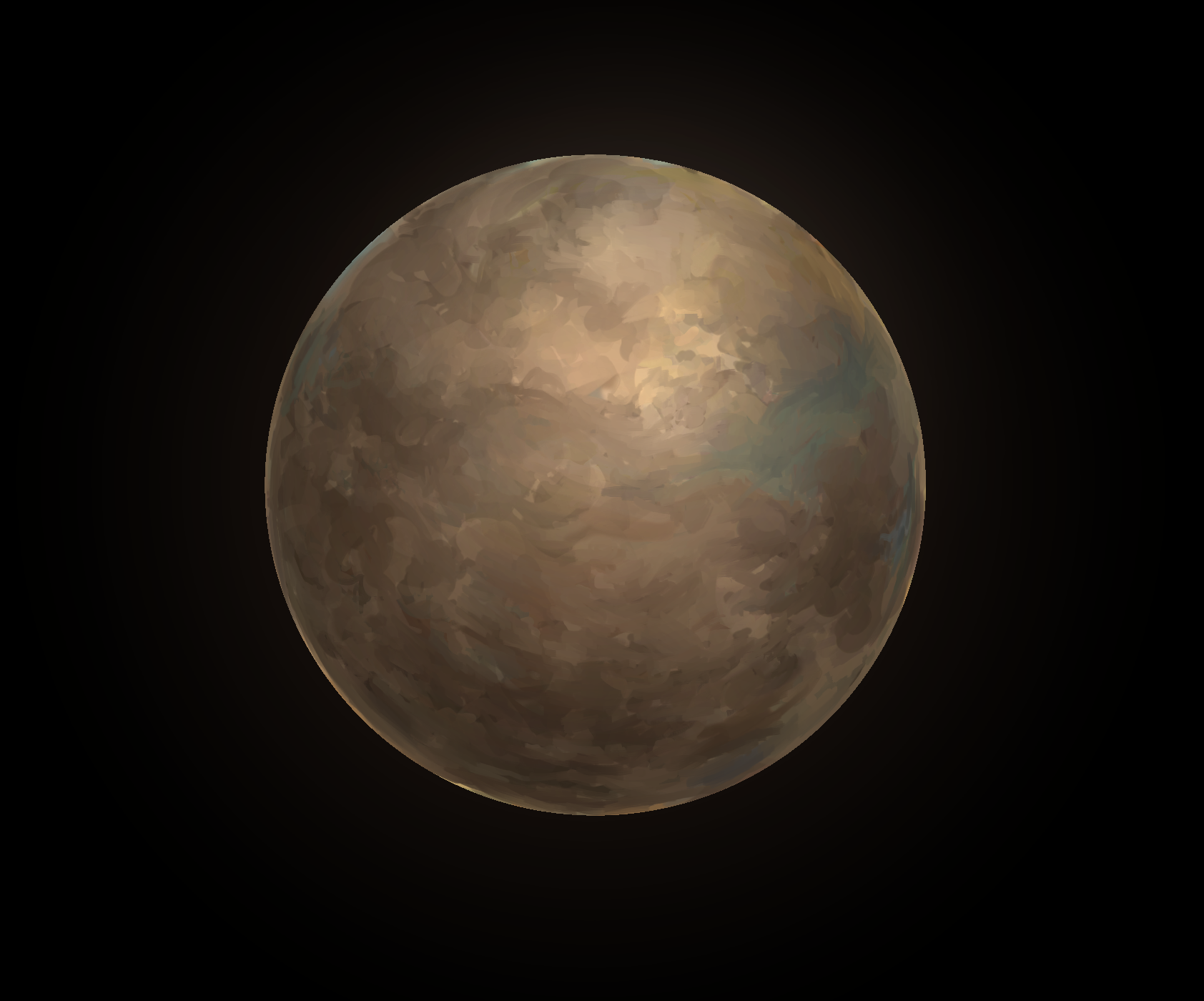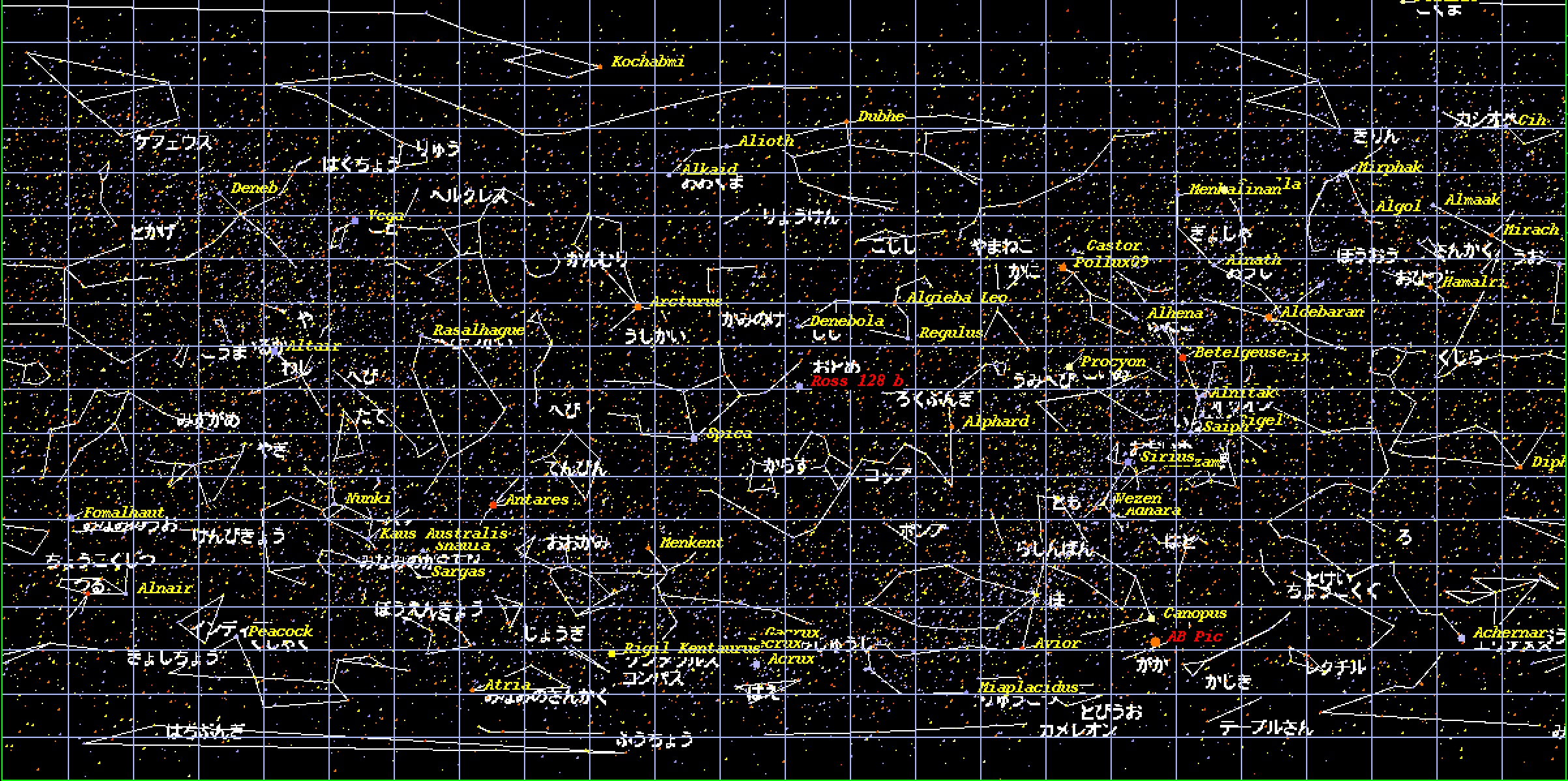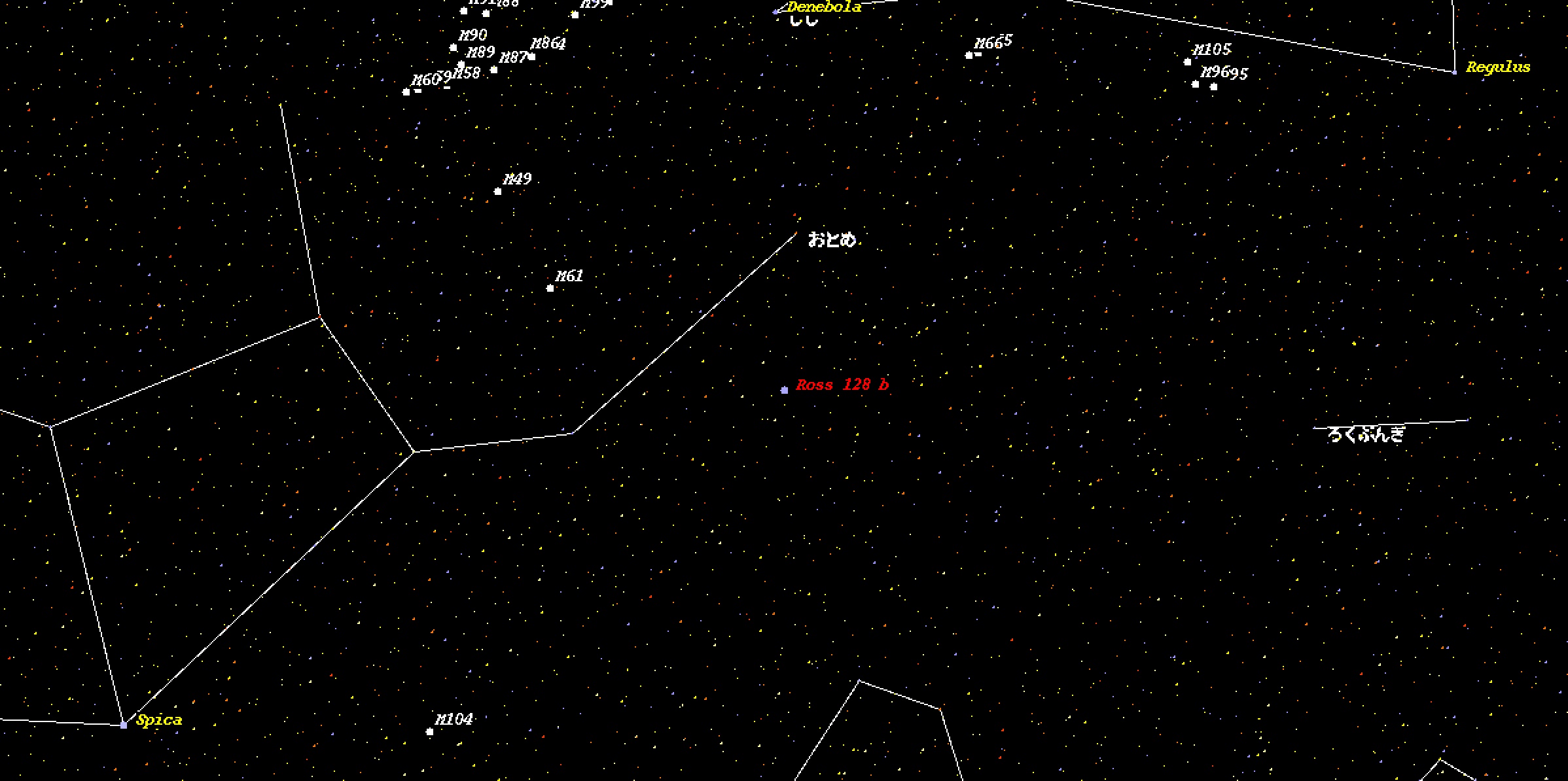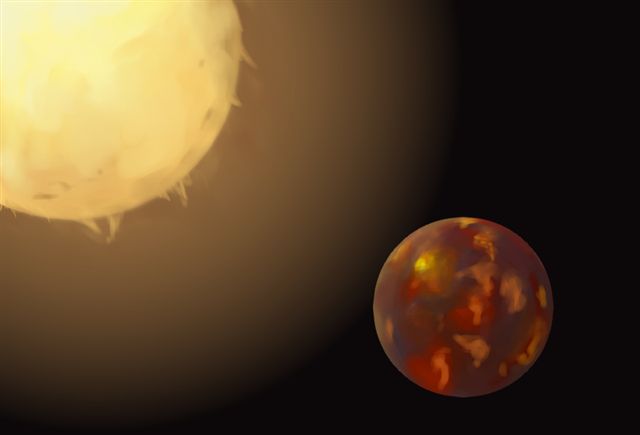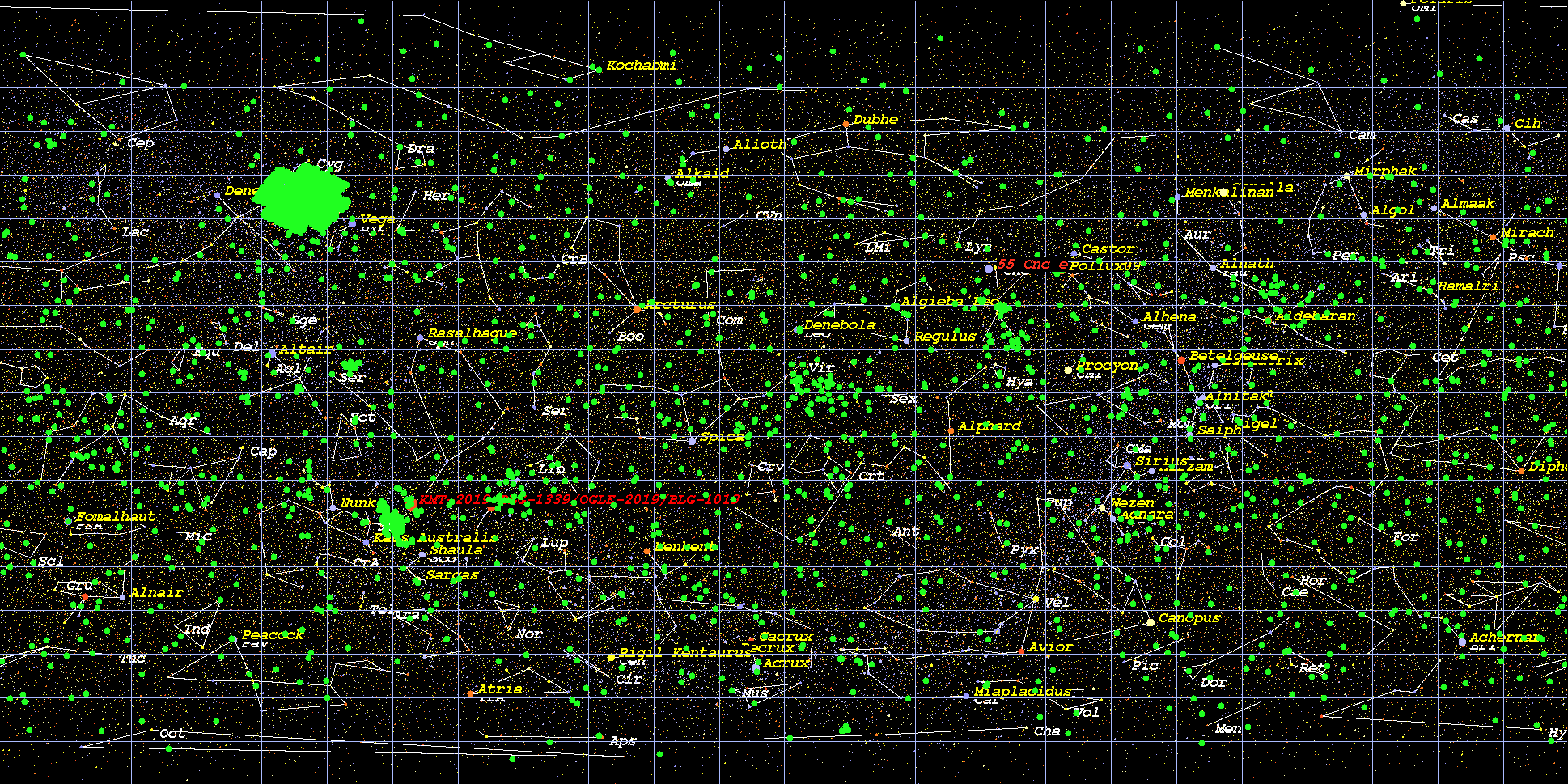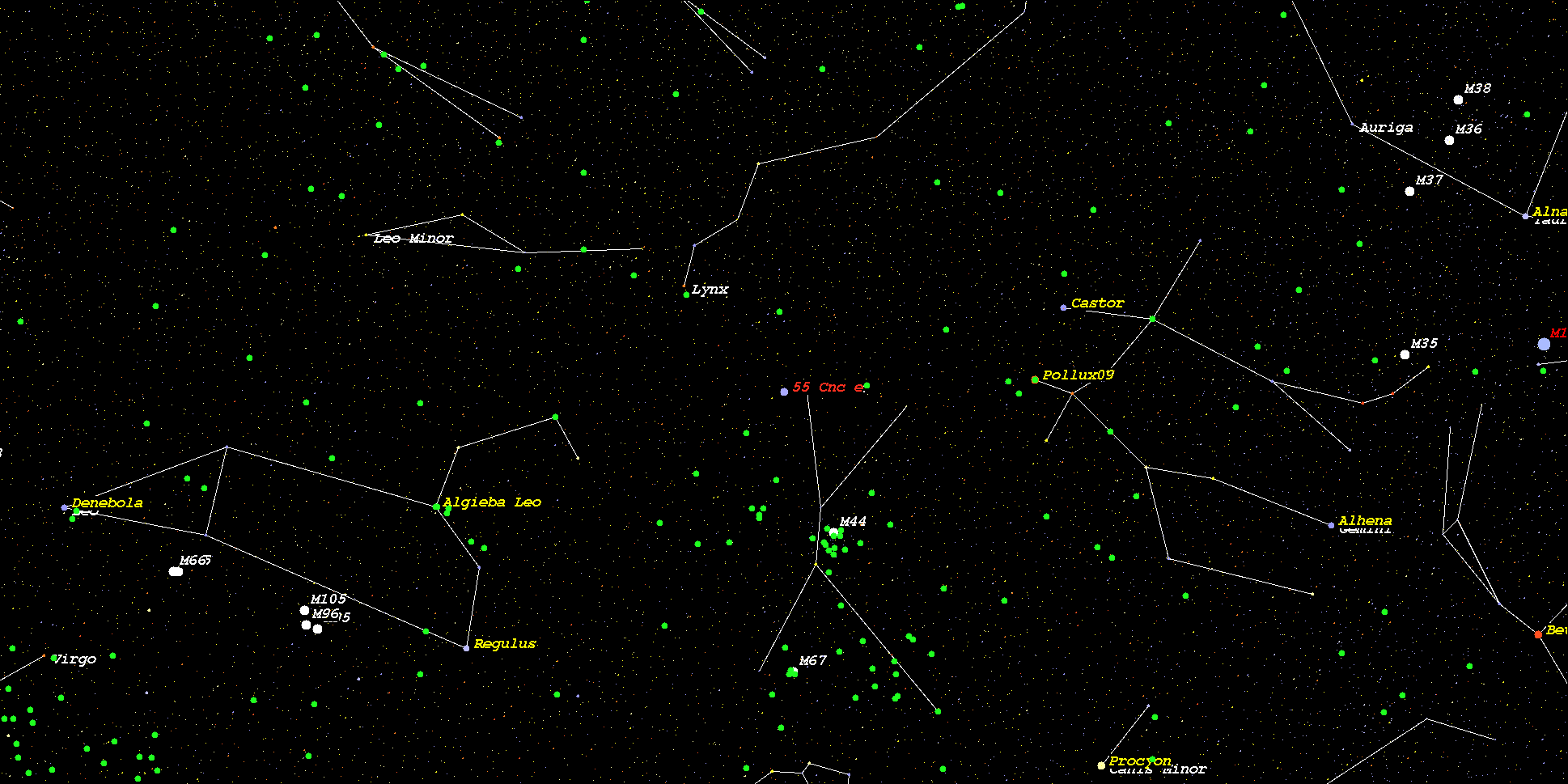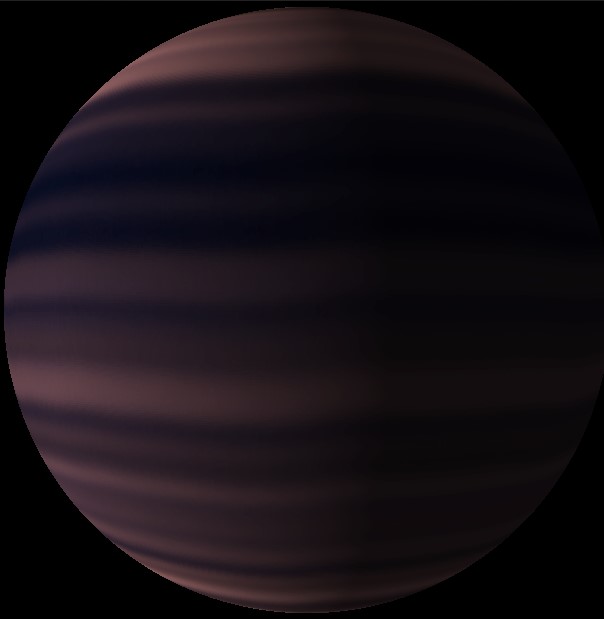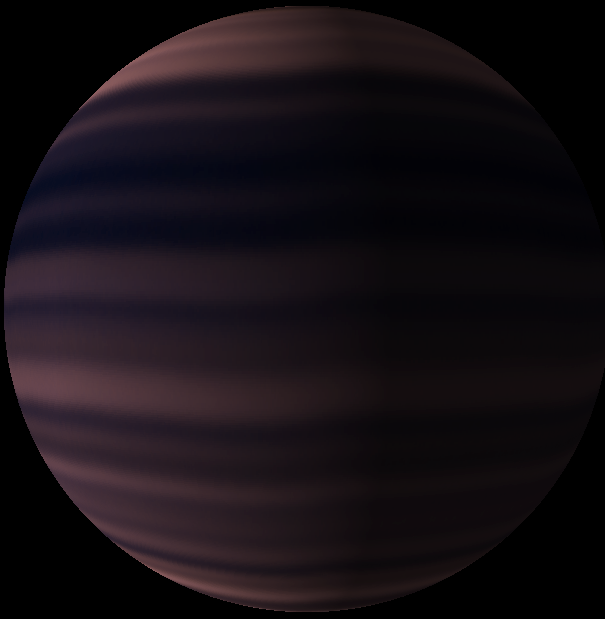CoRoT-7b
(Imaginary Image of CoRoT-7b by Rina Maeda from Moriyama SGH) A tidally locked planet with a surface temperature of over 2000 degrees on the day-side, and ice on the night-side.
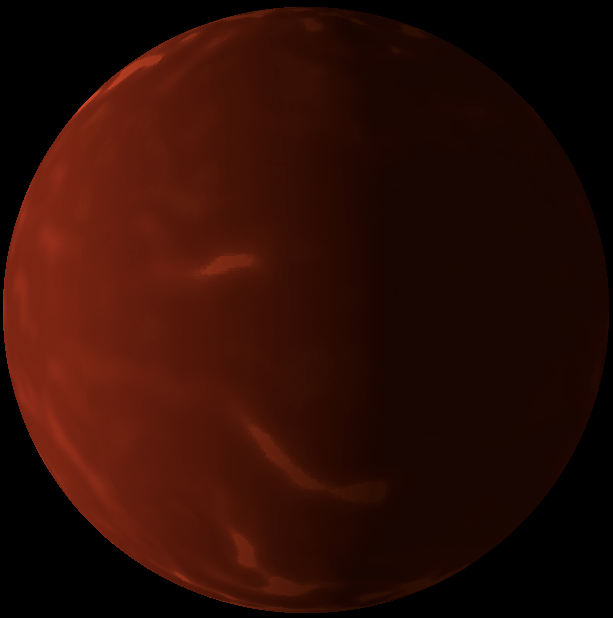
(Imaginary Image of CoRoT-7b Credit: Ryusuke Kuroki, Yosuke Yamashiki )
CoRoT-7b is an exoplanet discovered by the COROT space telescope mission, using the transit method in February 2009. The planet is located in the center of the constellation Monoceros, 489 light years away from our solar system. It has a very small radius at 1.52 times that of the Earth, which was the smallest exoplanet when it was discovered. It has an extremely short orbit of only 0.85 days (about 20 hours) and orbits very close to its host star at a distance of 2.57 million km (0.02 AU, less than 1/20th of the distance between the Sun and Mercury).
Due to its density, CoRoT-7b is classified as a Super Earth, but it has also been considered as a Super Io.
Io, one of Jupiter’s moons, is volcanically active, with an interior temperature that rises due to tidal heating, which is caused by Jupiter’s gravity. CoRoT-7b is thought to be the same, experiencing tidal heating due to the influence of its hoststar CoRoT-7 along with another orbiting planet CoRoT-7c.
CoRoT-7b is tidally locked, due to its short orbital length radius, and because one surface is always facing the host star, that side of the planet can reach over 2000 degrees Celsius, while the opposite side can reach -200 degrees Celsius. ExoKyoto estimates the temperature on the day-side to be about 2110 K (assuming an albedo of 0.1) or 1982 K (assuming an albedo of 0.3).
CoRoT-7b is thought to be a rocky planet like Earth, but it is unlikely to support life due to its severe temperatures. Land on the star side would be covered with molten lava, and there is a possibility of active volcanic activity on the other side.
(執筆 佐藤啓明 修正担当 山敷庸亮)
Victoria Jaggard (2010)「最も地球に似た系外惑星はスーパーイオ」(Reference 2018-1-19)
“AstroArts” (2009) 「最小の系外惑星を発見」(参照2018-1-19)
“AstroArts” (2009)「最小系外惑星は、地球に似た岩石惑星か」(参照2018-1-19)
CoRoT-7’s Location on the Stellar Map
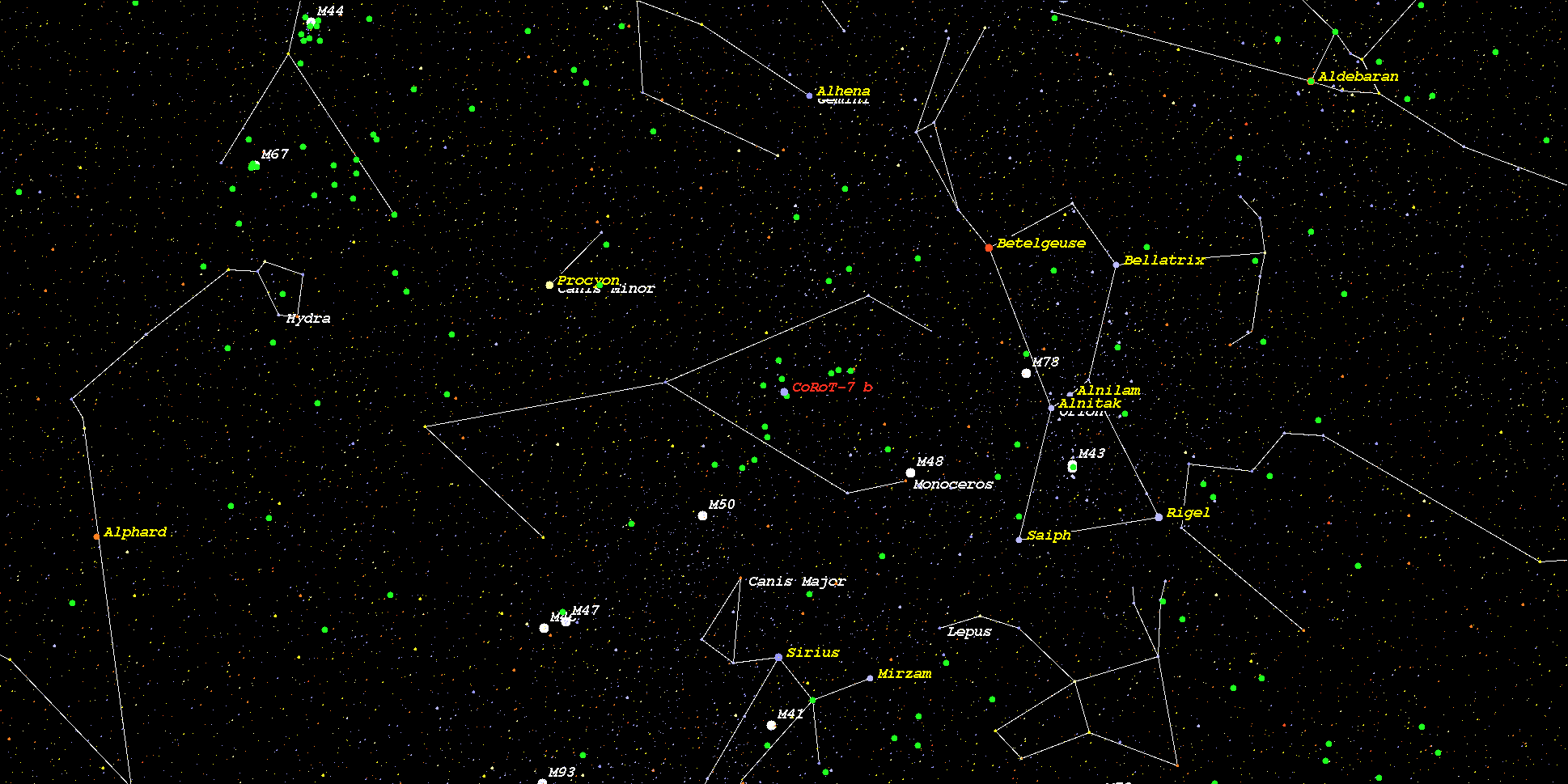
For more information on CoRoT-7b, please see the following:
http://www.exoplanetkyoto.org/exohtml/CoRoT-7_bJP.html
